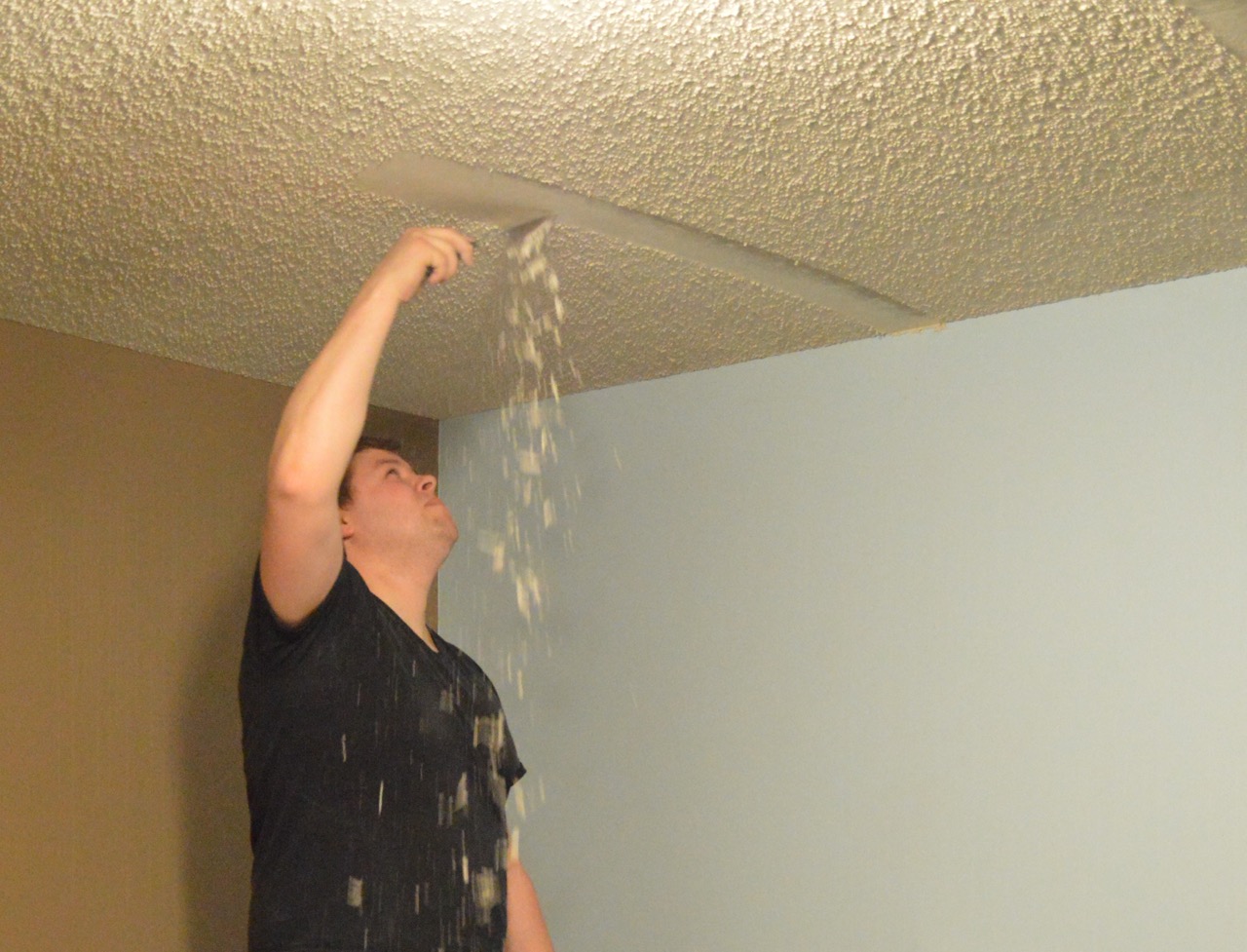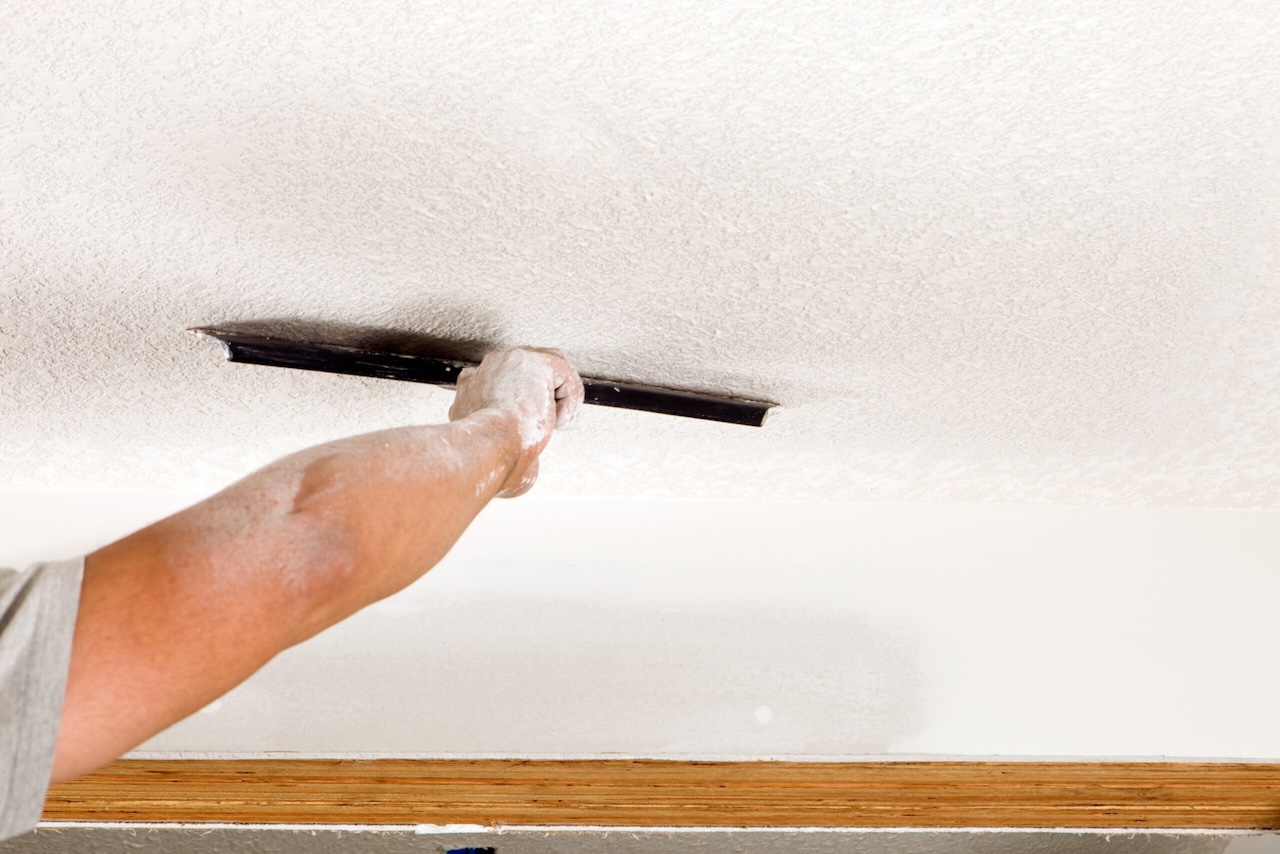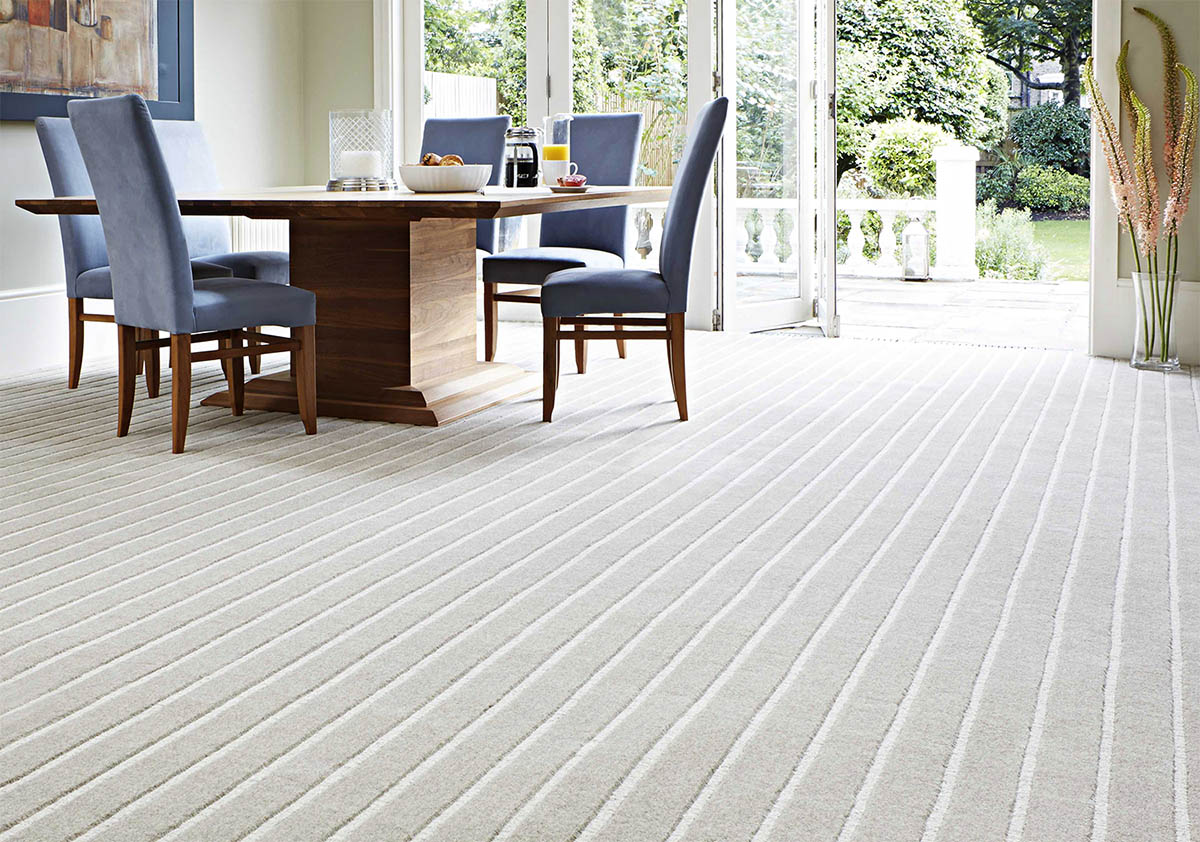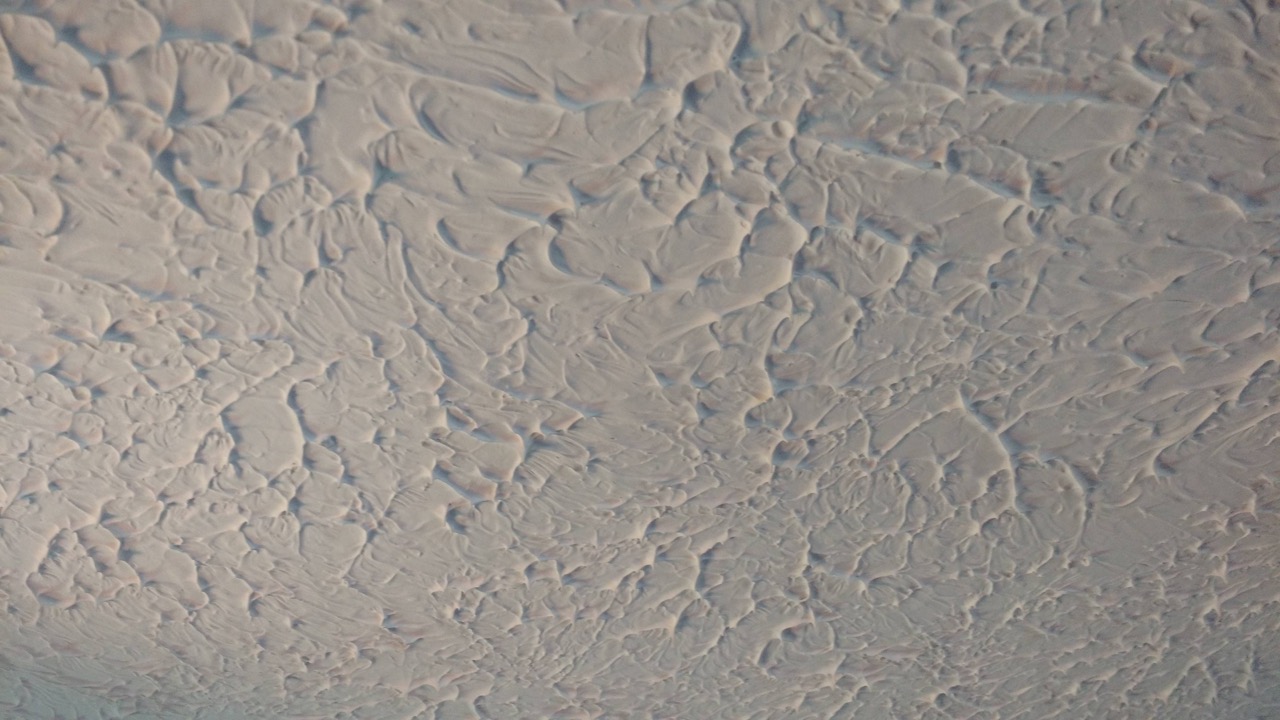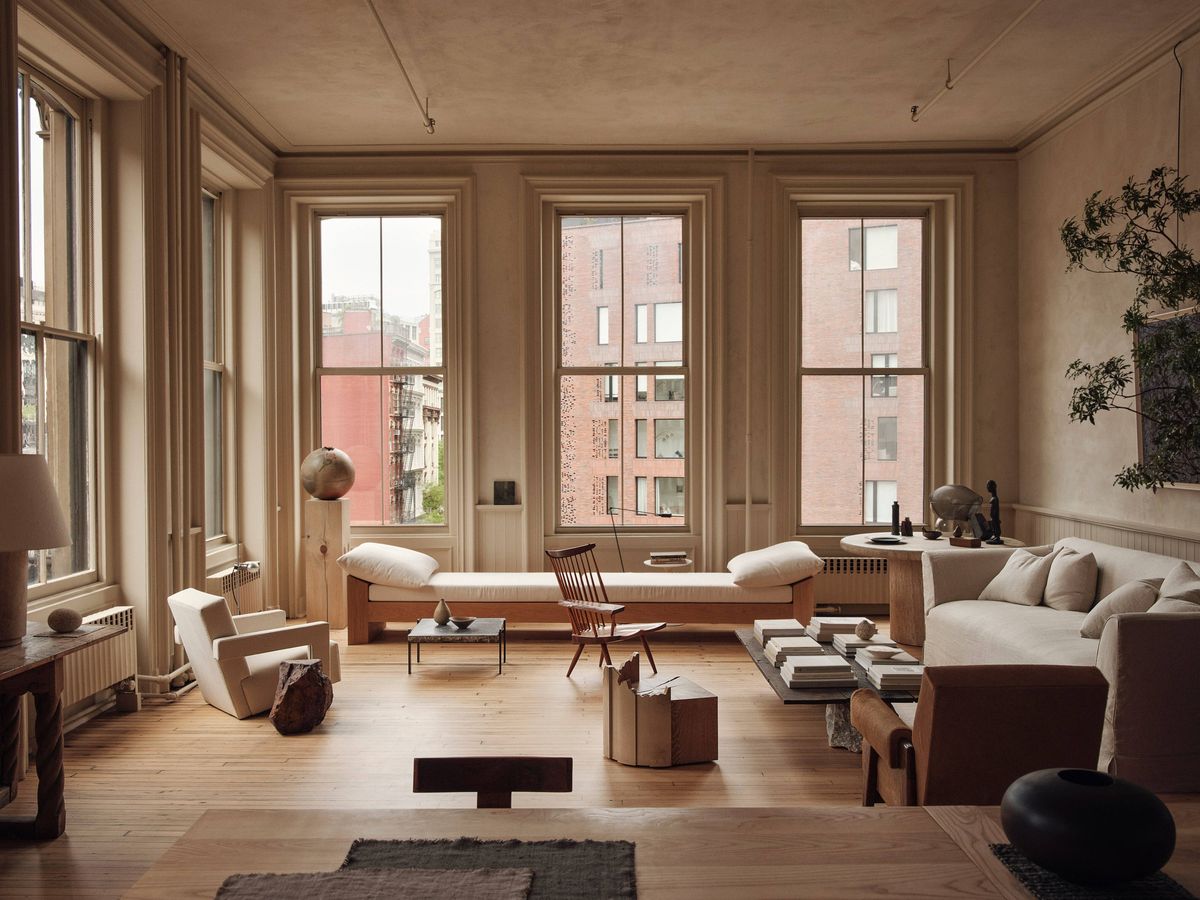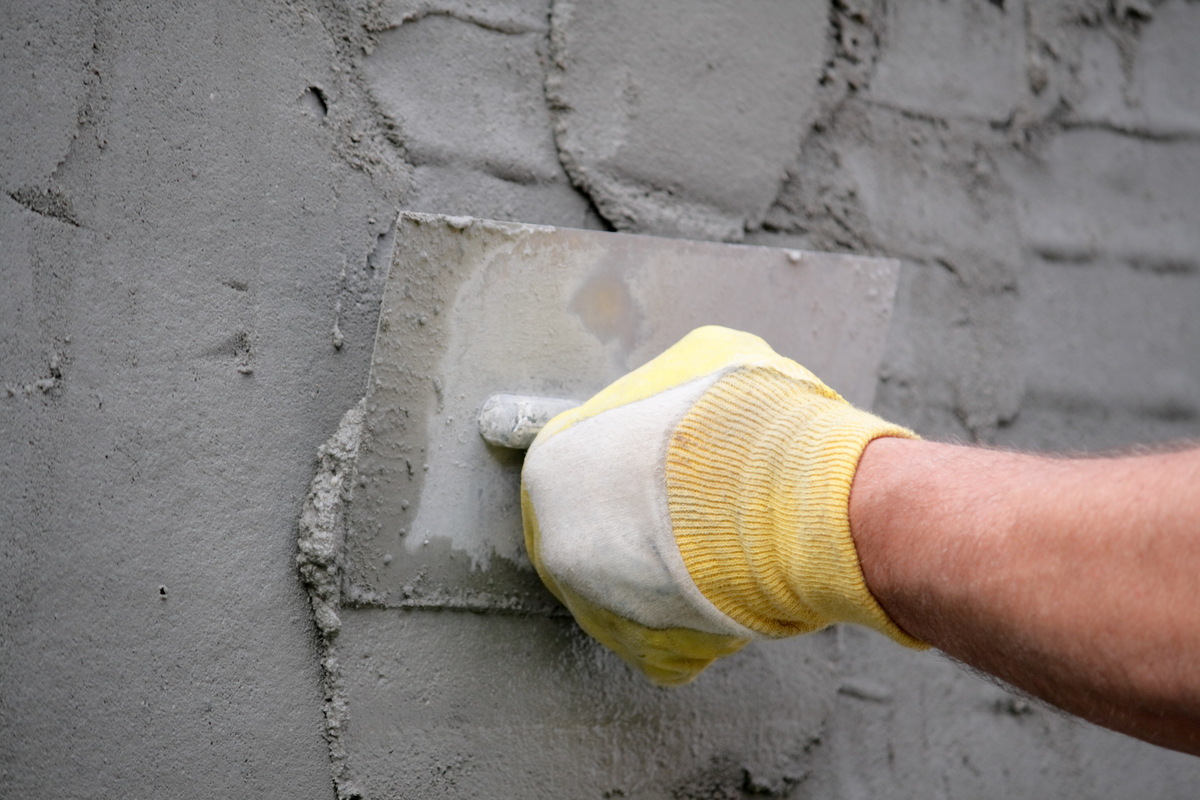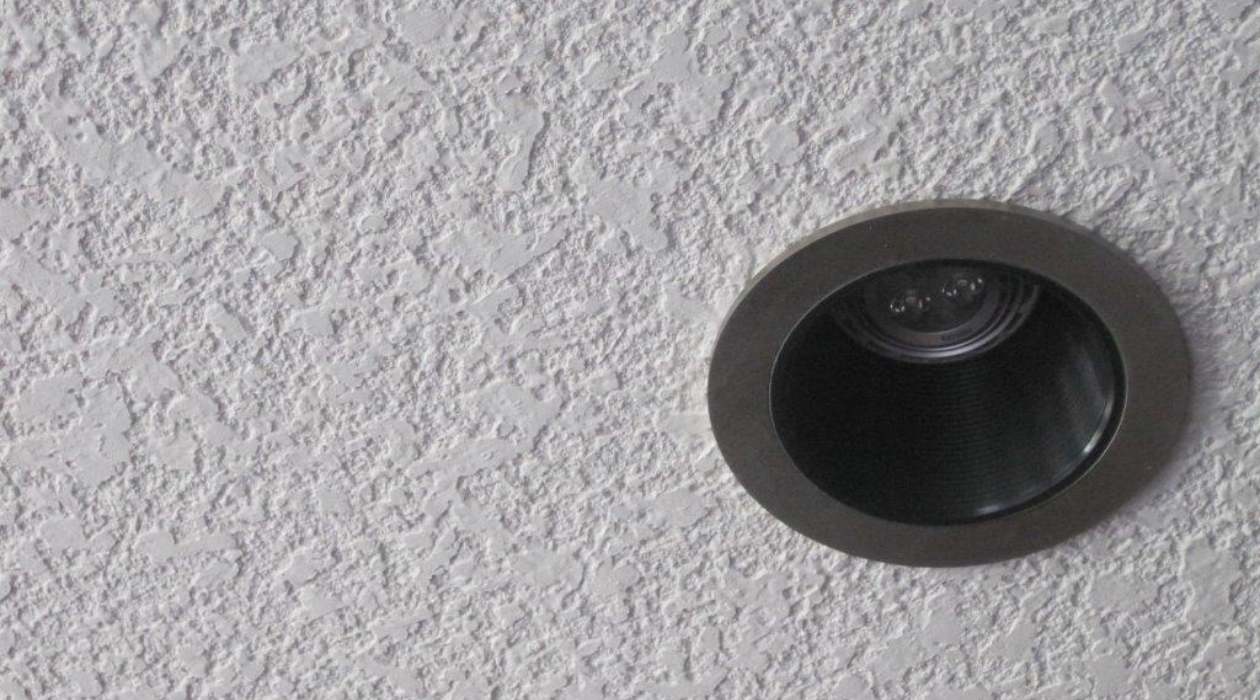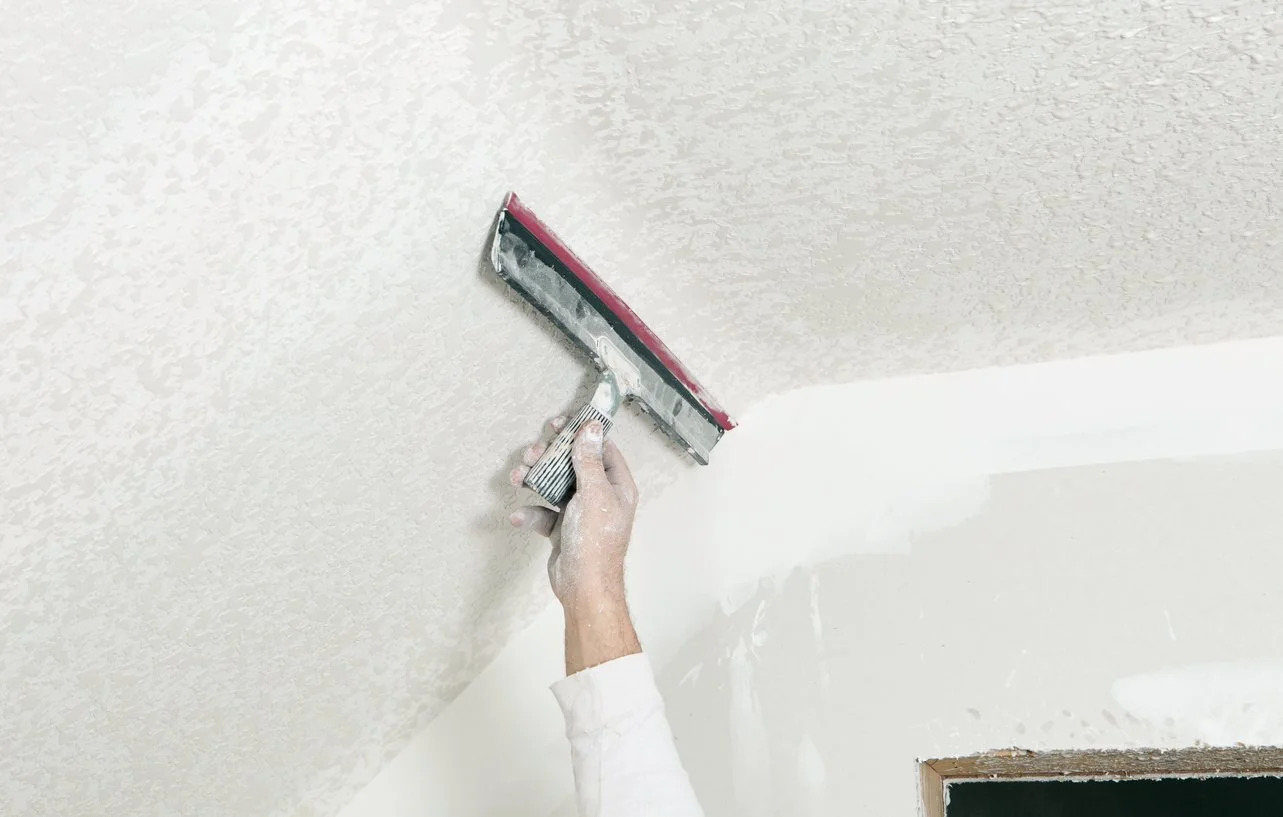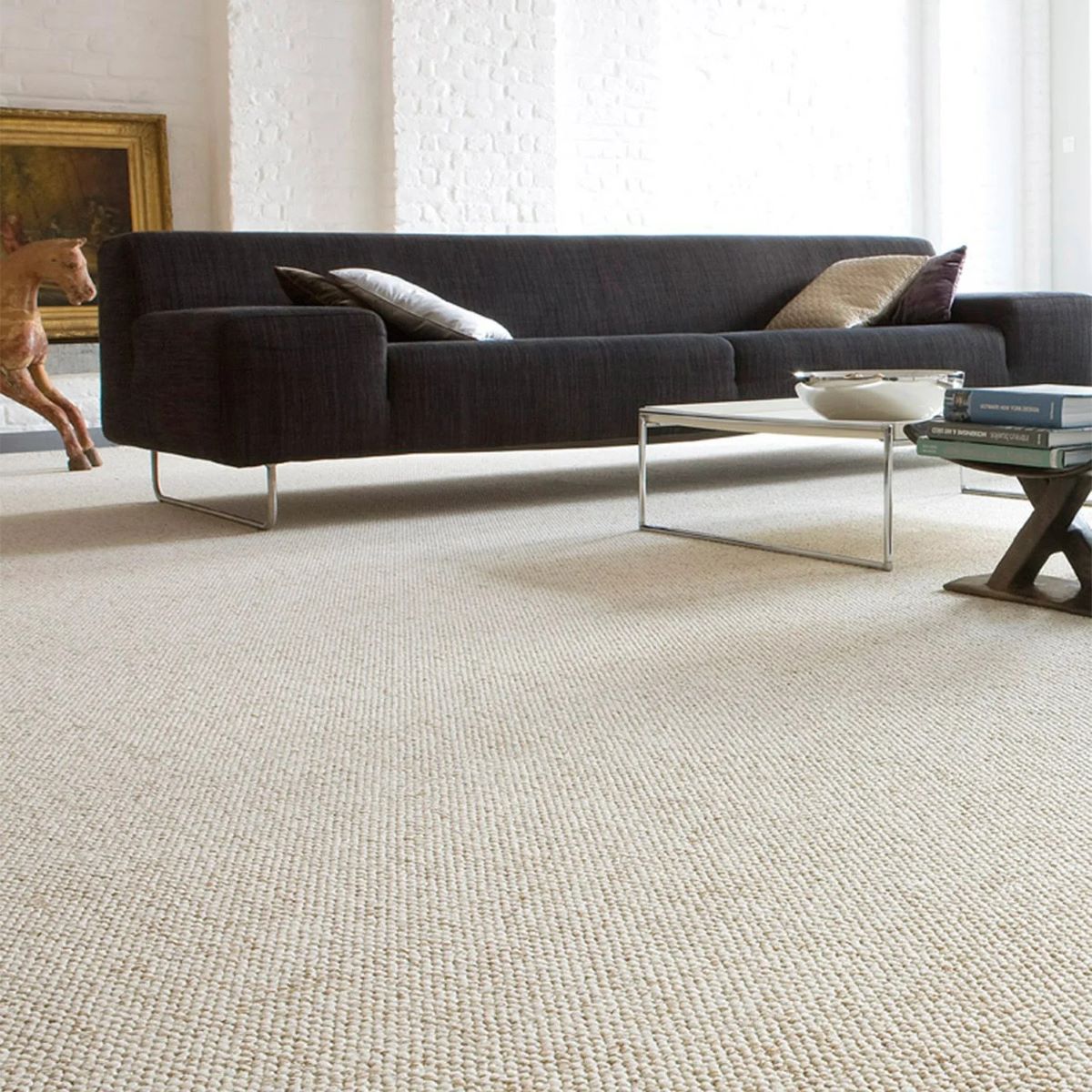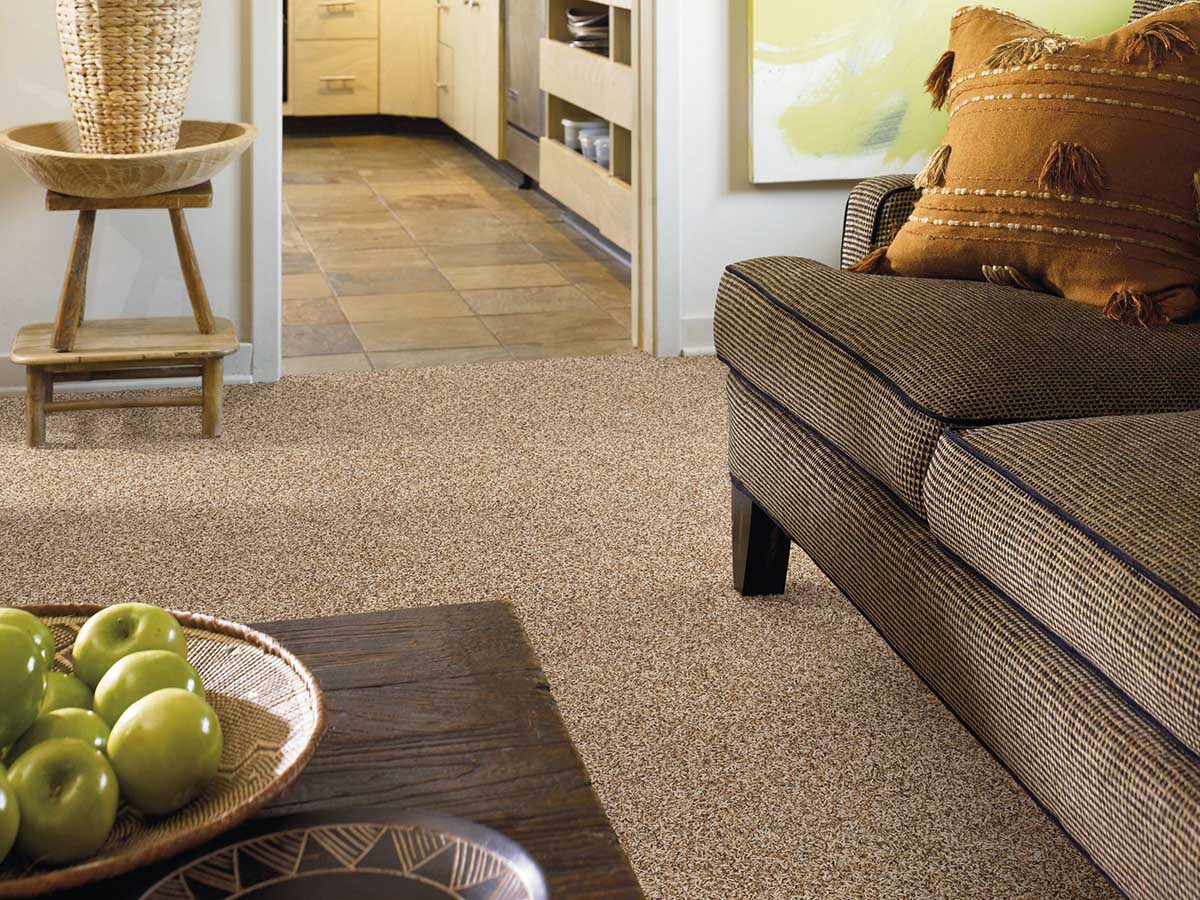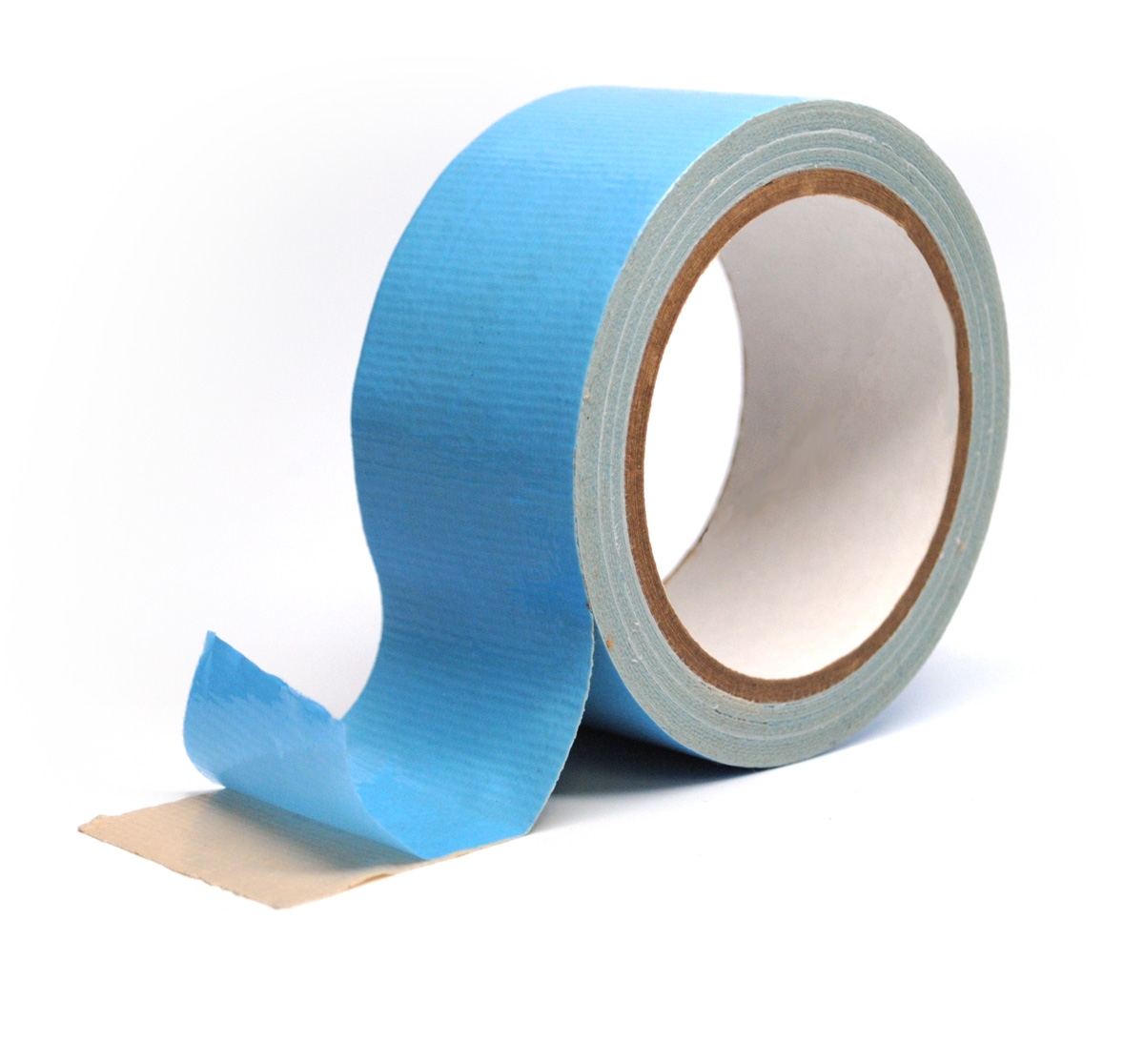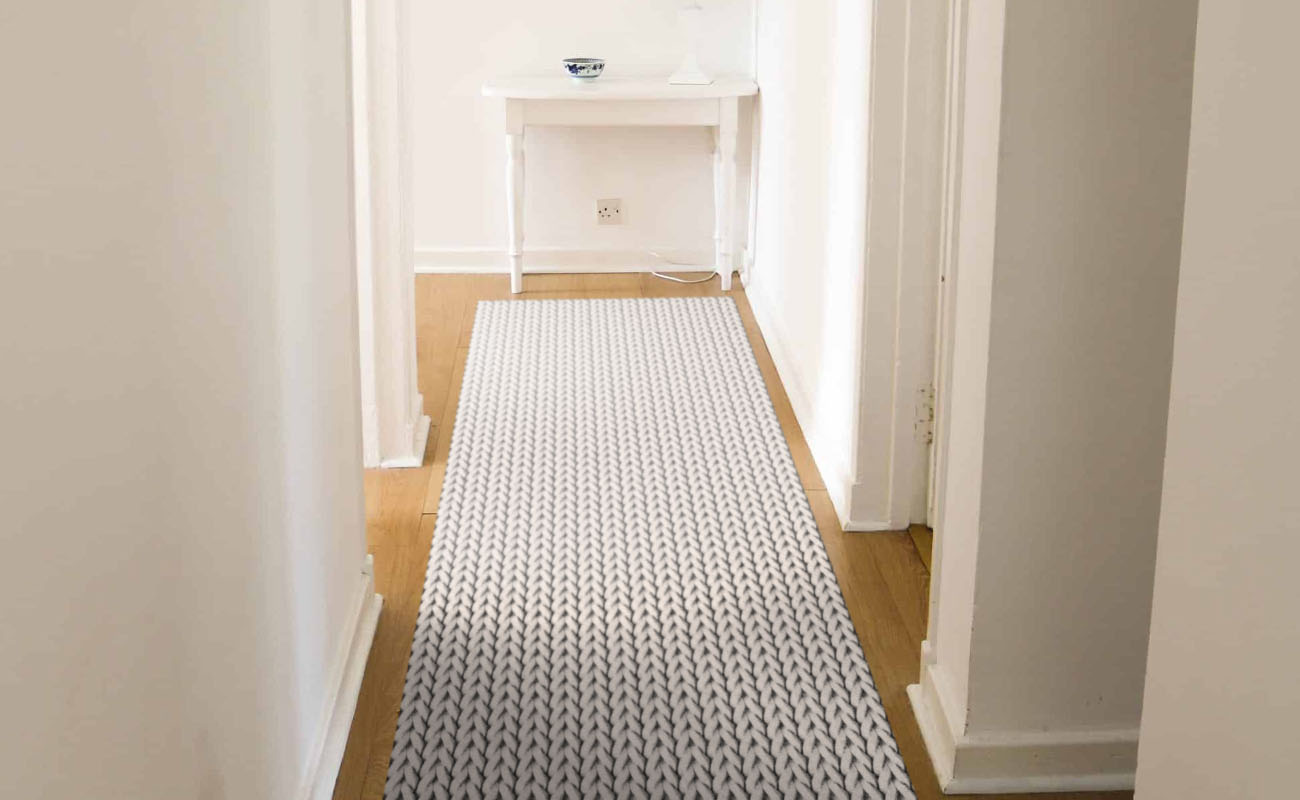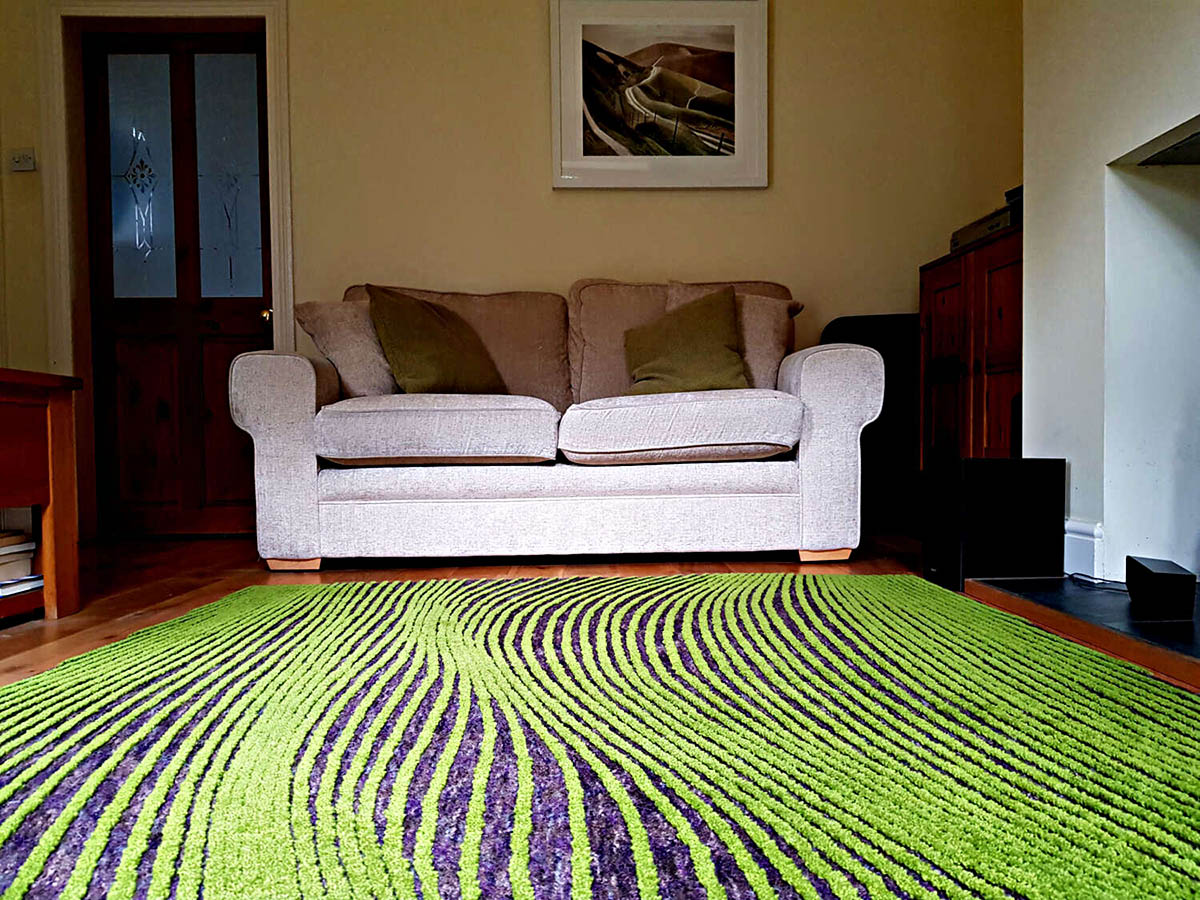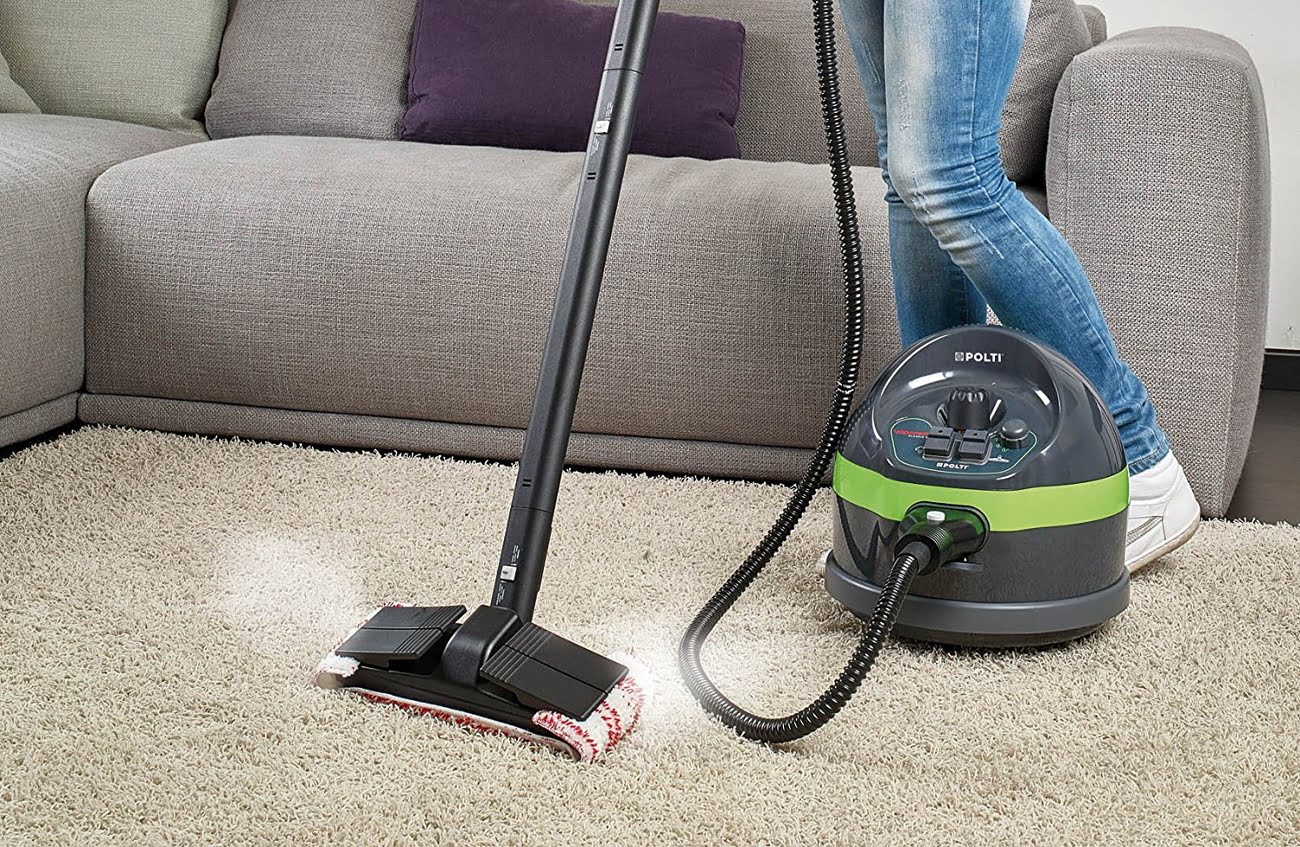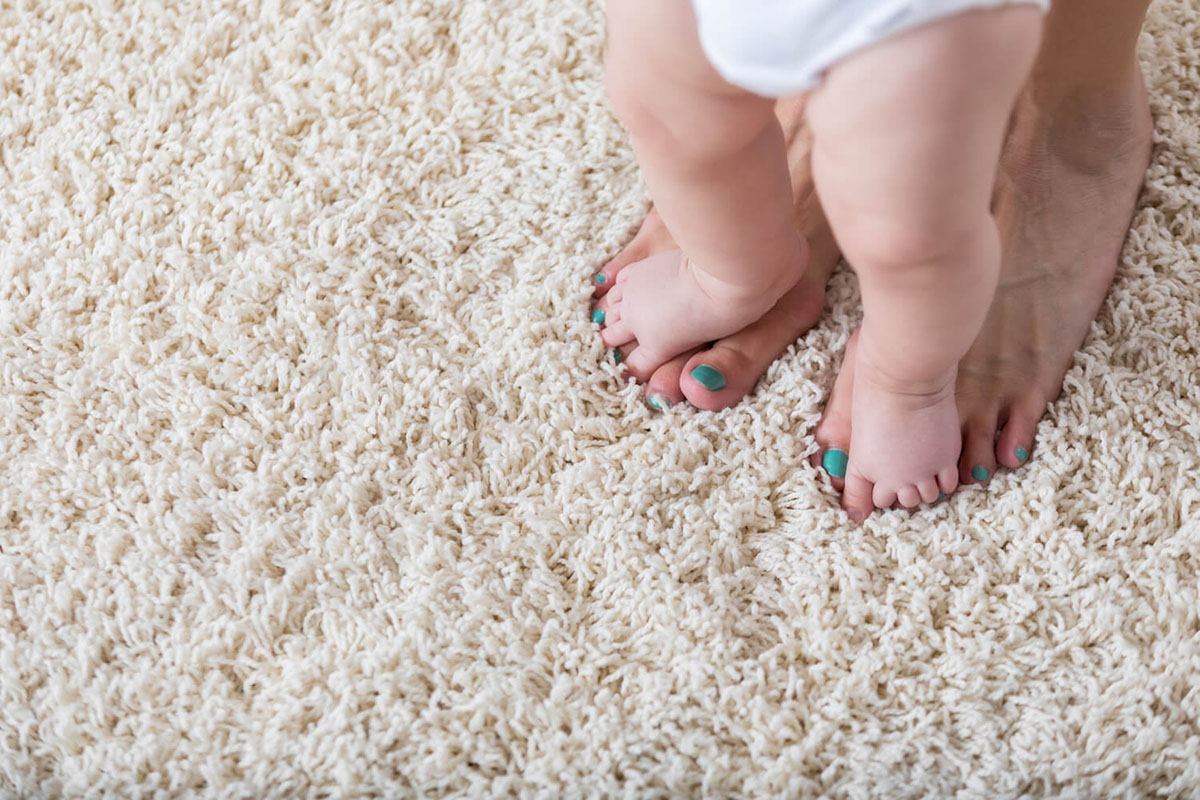

Articles
What Is Textured Carpet
Modified: September 1, 2024
Discover the benefits and features of textured carpet with our informative articles. Find out how this unique flooring option can enhance your home.
(Many of the links in this article redirect to a specific reviewed product. Your purchase of these products through affiliate links helps to generate commission for Storables.com, at no extra cost. Learn more)
Introduction
When it comes to choosing the right carpet for your home or office, there are a multitude of options to consider. Each type of carpet has its own unique characteristics and benefits, making the decision-making process quite daunting. One popular choice that has gained recognition for its durability, versatility, and aesthetic appeal is textured carpet.
Textured carpet, as the name suggests, features a textured surface that adds depth and visual interest to any space. This type of carpet is known for its ability to hide footprints, vacuum marks, and other signs of wear and tear, making it ideal for high-traffic areas. Whether you’re looking to refresh your living room, office, or commercial space, textured carpet can be a fantastic choice.
In this article, we will delve deeper into the world of textured carpet, exploring its definition, characteristics, benefits, applications, maintenance, and more. By the end, you’ll have a comprehensive understanding of what textured carpet is all about and why it may be the perfect option for your next flooring project.
Key Takeaways:
- Textured carpet offers a visually interesting and versatile flooring option, hiding footprints and stains while providing durability, comfort, and sound absorption. It’s a practical and stylish choice for residential and commercial spaces.
- With its unique texture and ability to withstand heavy foot traffic, textured carpet stands out among other types of carpet. It provides a cozy and inviting atmosphere while offering ease of maintenance and long-term durability.
Read more: What Is Nano Texture Glass
Definition of Textured Carpet
Textured carpet refers to a type of carpet that has a textured surface, rather than a smooth or plush one. The texture is created by varying the height and arrangement of the fibers, resulting in a visually interesting and tactilely pleasing carpet. This type of carpet is designed to have a more casual and relaxed look, making it a popular choice for residential and commercial spaces alike.
Textured carpet is known for its versatility, as it can easily complement various interior design styles. Whether you prefer a traditional, contemporary, or eclectic aesthetic, textured carpet can add charm and character to any room. With its textured surface, it offers a visual depth that can make a space appear more inviting and dynamic.
There are different techniques used to achieve the textured effect in carpet. One common method is to twist the carpet fibers tightly during manufacturing, creating a twisted or “frieze” texture. Another approach involves using cut and loop fibers, where some strands are cut, and others are left looped, resulting in a more uneven and textured surface. Additionally, the use of different yarn thicknesses and colors can further enhance the textured appearance of the carpet.
Overall, textured carpet is characterized by its visually appealing texture, which can add warmth, depth, and visual interest to any room. Whether you’re looking to create a cozy living space, a welcoming office environment, or a stylish commercial setting, textured carpet offers a unique and versatile flooring option.
Characteristics of Textured Carpet
Textured carpet is renowned for its unique characteristics, setting it apart from other types of carpeting options. Understanding these distinctive attributes will help you make an informed decision when considering textured carpet for your space.
1. Texture and Appearance: The most prominent characteristic of textured carpet is its textured surface. This texture is created through various methods, such as twisting the fibers or using cut and loop techniques. The result is a visually interesting carpet that adds depth and dimension to the room. Additionally, textured carpet often has a casual and relaxed appearance, contributing to its versatility and popularity.
2. Hide Stains and Footprints: One of the significant advantages of textured carpet is its ability to conceal stains, spills, footprints, and vacuum marks. The textured surface helps to disguise any imperfections, making it an excellent choice for high-traffic areas or homes with children and pets. This feature ensures that your carpet remains aesthetically pleasing even with regular use.
3. Durability: Textured carpet is typically known for its durability. The twisted or cut and loop fibers make the carpet more resilient and resistant to wear and tear. This durability ensures that the carpet can withstand heavy foot traffic, making it suitable for commercial spaces as well.
4. Soft and Comfortable: Despite its textured appearance, textured carpet is often surprisingly soft and comfortable to walk on. The density of the carpet fibers contributes to its plushness and provides a cushioned feel underfoot. This feature adds a touch of luxury and comfort to any room.
5. Versatility: Textured carpet is incredibly versatile, making it compatible with various interior design styles. Whether you have a traditional, modern, or eclectic theme, textured carpet can seamlessly blend into your decor. Additionally, it comes in a wide range of colors and patterns, allowing you to choose the perfect option to match your aesthetic preferences.
6. Noise Reduction: Texture carpet has excellent sound absorption properties. The dense fibers help to absorb sound, reducing noise levels and creating a quieter environment. This can be especially beneficial in offices, apartments, and multi-story buildings where noise control is essential.
By considering these characteristics, you can determine if textured carpet aligns with your needs and preferences. Its unique texture, stain-hiding abilities, durability, comfort, versatility, and noise-reducing qualities make it a popular choice for residential and commercial spaces alike.
Benefits of Textured Carpet
Textured carpet offers a range of benefits that make it a popular flooring choice for many homeowners and businesses. Whether you’re looking to enhance the visual appeal of your space or seeking practical advantages, textured carpet delivers on multiple fronts. Let’s explore the key benefits of choosing textured carpet.
1. Aesthetically Pleasing: The textured surface of the carpet adds depth and character to any room. It provides a visually interesting and dynamic look that can elevate the overall design aesthetic of your space. The texture also helps to hide footprints, vacuum marks, and other signs of wear, ensuring that your carpet maintains a pristine appearance.
2. Versatility in Design: Textured carpet is available in a wide range of colors, patterns, and fibers. This versatility allows you to choose a carpet that complements your existing decor or creates a new and exciting look. Whether you prefer a subtle neutral tone or a bold patterned design, textured carpet offers numerous options to suit your style.
3. Durability and Longevity: Textured carpet is designed to withstand the rigors of everyday use. The twisted or cut and loop fibers make the carpet more resistant to wear and tear, making it an ideal choice for high-traffic areas. With proper maintenance, textured carpet can maintain its appearance and performance for many years.
4. Comfort underfoot: The dense and plush nature of textured carpet provides a comfortable and cushioned feel underfoot. The added comfort can make a significant difference, especially in areas where you spend a lot of time standing or walking, such as living rooms, bedrooms, and offices.
5. Sound Absorption: Textured carpet has excellent sound-absorbing properties. The dense fibers help to reduce noise levels by absorbing sound, creating a quieter and more peaceful environment. This is particularly advantageous in multi-story buildings or rooms with a lot of foot traffic.
6. Stain and Fade Resistance: Textured carpet often comes with stain and fade resistance treatments, providing added protection against spills and sunlight. This ensures that your carpet maintains its vibrant color and appearance for an extended period, even in areas exposed to direct sunlight.
7. Easy Maintenance: Textured carpet is relatively easy to clean and maintain. Regular vacuuming and periodic professional cleaning can help keep your carpet looking fresh and vibrant. Additionally, its ability to hide stains and footprints means that it stays visually appealing even between cleanings.
8. Cost-Effective Option: Textured carpet offers a cost-effective flooring solution in comparison to some other types of carpet. With its durability and longevity, you can expect a good return on investment as it will withstand the test of time and continued use.
Overall, textured carpet provides a myriad of benefits, combining aesthetics, durability, comfort, and ease of maintenance. Whether you’re looking to enhance the visual appeal of your home or create a comfortable and inviting space, textured carpet is undoubtedly worth considering.
When choosing textured carpet, look for styles with varying pile heights and twists to create a visually interesting and durable surface. This type of carpet is great for high-traffic areas and can help hide footprints and vacuum marks.
Applications of Textured Carpet
Textured carpet is a versatile flooring option that can be used in various residential and commercial applications. Its unique characteristics and benefits make it suitable for different areas within a home or office space. Let’s explore some of the common applications of textured carpet.
1. Living Areas: Textured carpet is an excellent choice for living rooms, family rooms, and other areas where comfort and aesthetics are important. The textured surface adds visual interest and creates a cozy atmosphere, making it an inviting space for relaxation and socializing. Its durability also ensures that it can withstand the regular activity in these high-traffic areas.
2. Bedrooms: The soft and comfortable feel of textured carpet makes it an ideal option for bedrooms. The plush texture provides a cozy and inviting environment, creating a comfortable retreat at the end of the day. Additionally, the carpet’s ability to hide footprints and stains makes it a practical choice for bedrooms where spills and accidents may occur.
3. Home Offices: Textured carpet can be a great addition to a home office or study. The texture adds depth and character to the space, creating a visually appealing and inspiring environment. The carpet’s sound-absorbing properties can also help reduce noise levels, ensuring a quiet and focused workspace.
4. Commercial Spaces: Textured carpet is also suitable for various commercial applications. Its durability and stain-hiding capabilities make it an ideal choice for office spaces, retail stores, and hospitality venues. The textured surface can help to create a welcoming and professional ambiance while withstanding the demands of high foot traffic.
5. Staircases: Textured carpet can be a practical and stylish choice for staircases. The texture not only adds visual interest but also enhances grip and traction, making it safer to navigate the stairs. Additionally, the carpet helps reduce noise and echoes typically associated with staircases.
6. Hallways: Hallways are often high-traffic areas that require a durable and resilient flooring option. Textured carpet can handle the heavy foot traffic, while its ability to conceal dirt and footprints ensures that the hallway maintains a clean and well-maintained appearance.
7. Commercial Spaces: Textured carpet is also suitable for various commercial applications. Its durability and stain-hiding capabilities make it an ideal choice for office spaces, retail stores, and hospitality venues. The textured surface can help to create a welcoming and professional ambiance while withstanding the demands of high foot traffic.
8. Basements: If you have a basement area that you want to transform into a cozy and comfortable living space, textured carpet can be a great choice. Its texture adds warmth and cosiness to the basement, making it a more inviting area for relaxation or entertainment. Additionally, textured carpet can help insulate the space, providing an extra layer of warmth and sound absorption.
These are just a few examples of the many applications of textured carpet. Its versatility, durability, and aesthetic appeal make it suitable for a wide range of residential and commercial spaces, allowing you to enhance the beauty and functionality of any area.
Maintenance and Cleaning of Textured Carpet
Maintaining and cleaning textured carpet is essential to preserve its appearance, longevity, and performance over time. By following proper cleaning and maintenance practices, you can keep your textured carpet looking fresh and vibrant for years to come. Here are some guidelines for maintaining and cleaning textured carpet.
1. Vacuum Regularly: Regular vacuuming is crucial to remove dirt, dust, and debris from the carpet’s surface and prevent them from settling deep into the fibers. Use a vacuum cleaner with a beater bar or rotating brush to effectively lift the dirt. Focus on high-traffic areas, such as hallways and entryways, and vacuum the entire carpet at least once a week.
2. Address Stains Promptly: Accidents happen, and spills are inevitable. When a spill occurs, it’s important to address it promptly to prevent it from setting into the carpet. Blot the spill gently with a clean cloth or paper towel to absorb as much liquid as possible. Avoid rubbing or scrubbing, as this can spread the stain further. If needed, use a manufacturer-approved carpet cleaner specifically designed for your textured carpet.
3. Professional Cleaning: Periodic professional cleaning is recommended to deep clean and refresh your textured carpet. Professional cleaners have the expertise and equipment to effectively remove deep-seated dirt and stains. The frequency of professional cleaning will depend on the level of foot traffic and any specific recommendations provided by the carpet manufacturer.
4. Protect from Sunlight: Direct sunlight can cause colors to fade and carpet fibers to deteriorate. Protect your textured carpet from excessive sunlight by using curtains, blinds, or window films to block out UV rays. This will help preserve the vibrant appearance of your carpet.
5. Preventive Measures: Taking preventive measures can help maintain the condition of your textured carpet. Use doormats at entryways to trap dirt and debris before they reach the carpet. Ensure that any furniture placed on the carpet has protective pads or coasters to prevent indentations or fiber damage. Additionally, consider implementing a no-shoes policy to minimize the amount of dirt and grit brought onto the carpet.
6. Professional Inspection: Periodically have your textured carpet inspected by a professional to identify any potential issues or maintenance needs. Professional carpet cleaners or flooring experts can provide valuable insight and recommendations for maintaining your carpet’s condition and maximizing its lifespan.
7. Follow Manufacturer’s Guidelines: Always refer to the manufacturer’s guidelines for specific cleaning and maintenance instructions for your textured carpet. Different carpet materials and finishes may have specific requirements or restrictions, so it’s important to follow these recommendations to avoid potential damage.
By following these maintenance and cleaning practices, you can ensure that your textured carpet remains clean, vibrant, and in good condition for years to come. Regular vacuuming, prompt stain treatment, periodic professional cleaning, and preventive measures are all key to maintaining the beauty and longevity of your textured carpet.
Comparison with Other Types of Carpet
When choosing the right carpet for your space, understanding the differences between various types of carpet is crucial. Here, we’ll compare textured carpet with other popular types of carpet to help you make an informed decision.
1. Berber Carpet: Berber carpet is known for its looped fibers and durability. Unlike textured carpet, which has a more relaxed and casual appearance, Berber carpet has a smooth and uniform surface. Berber carpet is ideal for high-traffic areas, as it is highly resistant to wear and tear. However, textured carpet offers a more visually interesting and textured look, making it a better choice if you prefer a cozier and more dynamic appearance.
2. Plush Carpet: Plush carpet, also known as cut pile or velvet carpet, features a dense and even surface. It offers a luxurious and soft feel underfoot, creating a more elegant and formal look. Plush carpet is a great option for areas requiring a touch of sophistication, such as bedrooms or formal living rooms. However, textured carpet excels in its ability to hide footprints, vacuum marks, and other signs of wear, making it a practical choice for high-traffic areas where maintaining a pristine appearance is a priority.
3. Frieze Carpet: Frieze carpet, also referred to as twist carpet, has tightly twisted fibers that create a textured and slightly shaggy appearance. This type of carpet is known for its casual and contemporary look and is highly durable. Textured carpet shares some similarities with frieze carpet in terms of their textured appearance, but textured carpet tends to have a softer and less tightly twisted surface. Frieze carpet may be a better choice if you prefer a more pronounced texture, while textured carpet offers a more varied and subtle textured look.
4. Saxony Carpet: Saxony carpet is characterized by its dense, plush, and formal look, with a smooth and velvety finish. It offers a luxurious and elegant aesthetic that works well in formal and low-traffic areas. In comparison, textured carpet provides a more relaxed and casual appearance with its textured surface. While Saxony carpet is known for its luxurious feel, it may not be as forgiving in terms of hiding footprints and stains as textured carpet.
5. Loop Pile Carpet: Loop pile carpet, as the name suggests, features looped fibers that create a durable and low-profile surface. This type of carpet is ideal for commercial spaces or areas with heavy foot traffic. Compared to textured carpet, loop pile carpet may offer better durability and resistance to matting. However, textured carpet surpasses loop pile carpet in terms of its visual interest and ability to hide wear and tear, making it a more visually appealing option for residential settings.
While each type of carpet offers its own unique advantages, textured carpet stands out for its visually interesting texture, ability to hide footprints and stains, durability, and versatility. Consider the specific needs of your space and your aesthetic preferences when comparing different types of carpet to make the best choice for your flooring project.
Conclusion
Textured carpet is a fantastic flooring option that combines aesthetic appeal, durability, and practicality. Its textured surface adds depth and visual interest to any room, while also hiding footprints, vacuum marks, and other signs of wear and tear. Whether you’re looking to spruce up your living room, add warmth to your bedroom, or create a professional environment in your office, textured carpet offers a versatile and stylish solution.
With its unique characteristics, textured carpet stands out among other types of carpet. Its ability to withstand heavy foot traffic, its soft and comfortable feel, and its sound-absorbing properties make it a popular choice for various applications. Whether you have a high-traffic area in your home or a bustling commercial space, textured carpet can meet your needs.
Maintaining and cleaning textured carpet is relatively easy, with regular vacuuming and prompt treatment of spills. Periodic professional cleaning will help keep your carpet looking fresh and vibrant. By following proper maintenance practices, you can ensure that your textured carpet maintains its appearance and performance for years to come.
When comparing textured carpet to other types of carpet, consider your specific requirements and preferences. While other types of carpet, such as Berber, plush, frieze, Saxony, or loop pile, have their own advantages, textured carpet excels in its ability to provide a visually interesting and textured surface while hiding signs of wear and tear.
In conclusion, textured carpet offers a unique blend of style, durability, comfort, and practicality, making it a wise choice for any residential or commercial space. Whether you’re looking for a cozy and inviting atmosphere or a professional and sophisticated look, textured carpet can transform your space into a visually appealing and comfortable area. Consider the benefits and characteristics of textured carpet, and you’ll discover why it is a popular choice for flooring projects.
Frequently Asked Questions about What Is Textured Carpet
Was this page helpful?
At Storables.com, we guarantee accurate and reliable information. Our content, validated by Expert Board Contributors, is crafted following stringent Editorial Policies. We're committed to providing you with well-researched, expert-backed insights for all your informational needs.
